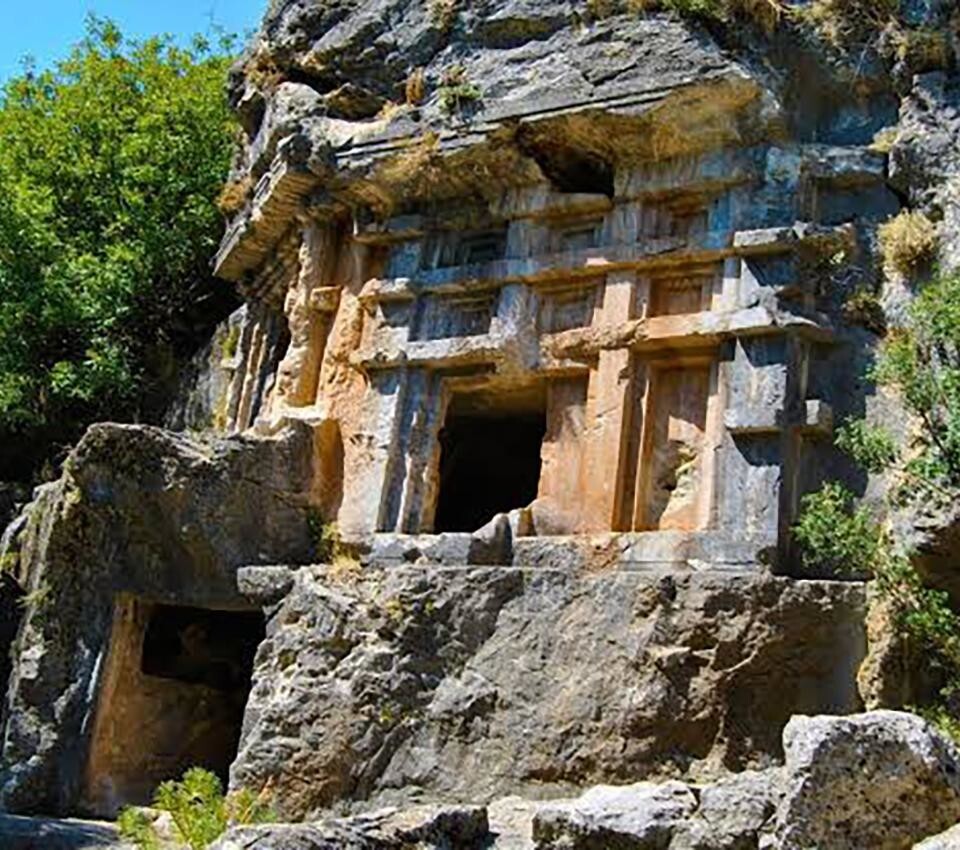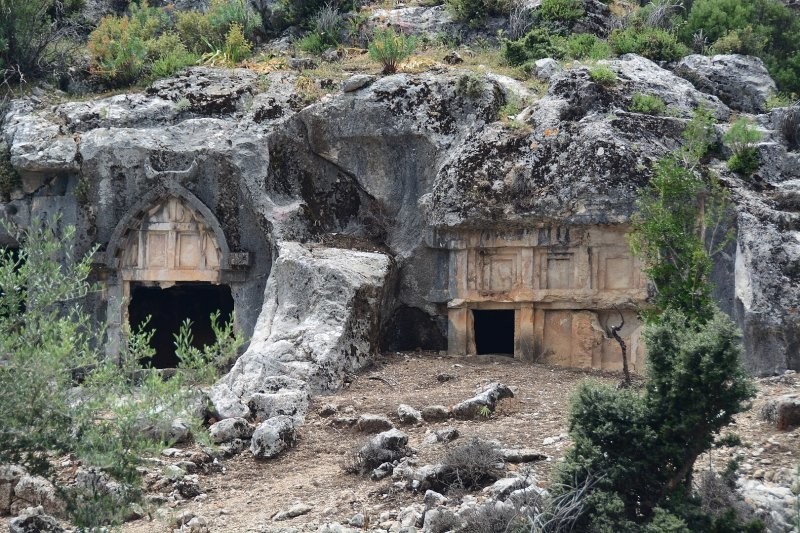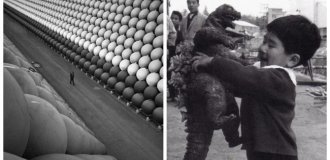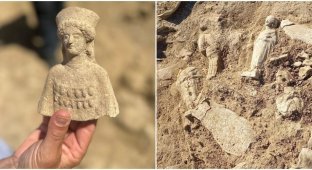The secret of the underground city (8 photos)
The dungeon is a mysterious, mysterious and dangerous area. Writers and directors devote their works to this topic. And diggers climb in search of special finds and thrills. 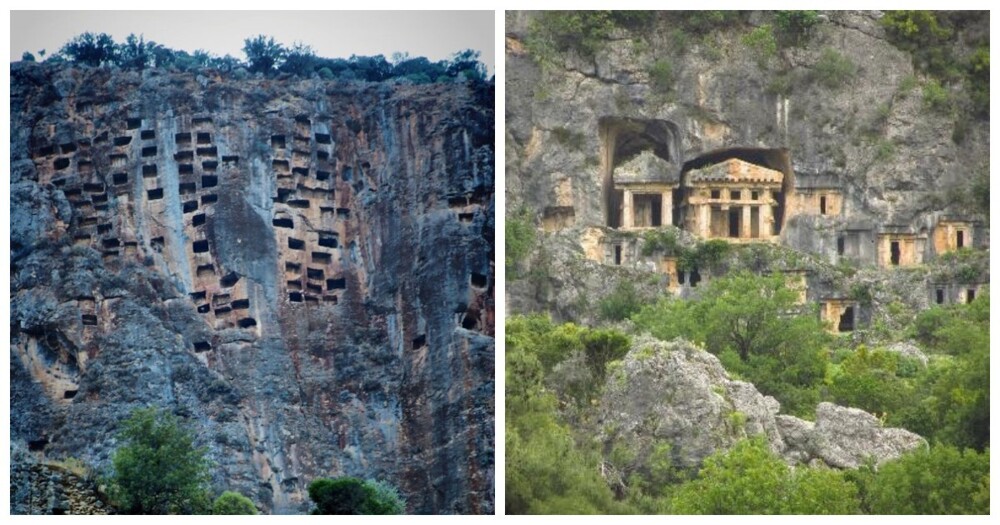
Despite the existence of modern research methods, the mystery of the city of Pinara in Turkey has not yet been solved. This ancient city took refuge at a depth of about 80 meters underground. 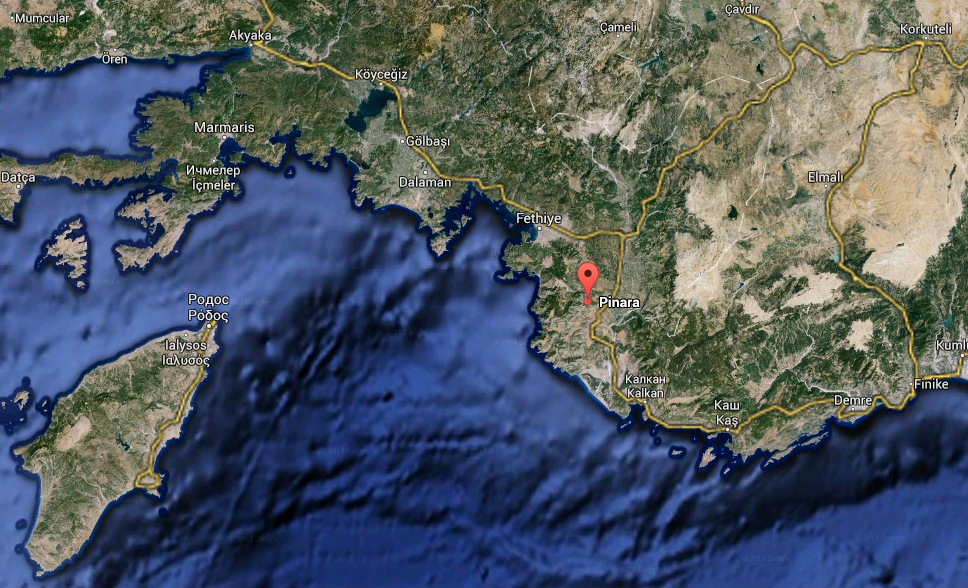
After the discovery of the strange object, it took more than 5 years to excavate it. And this takes into account the use of technology. How long did it take to build an underground city, the depth of which is 18 tiers? One can only guess about this.
On the three upper floors there are buildings of very different orientations and shapes. Moreover, they were not built separately, but were hollowed out directly into the rock. 
The initial hypothesis of archaeologists was that the find was an ordinary city of the dead. Such necropolises were a common phenomenon in ancient Egypt. But in-depth research showed that there were no remains or signs of the presence of living people. 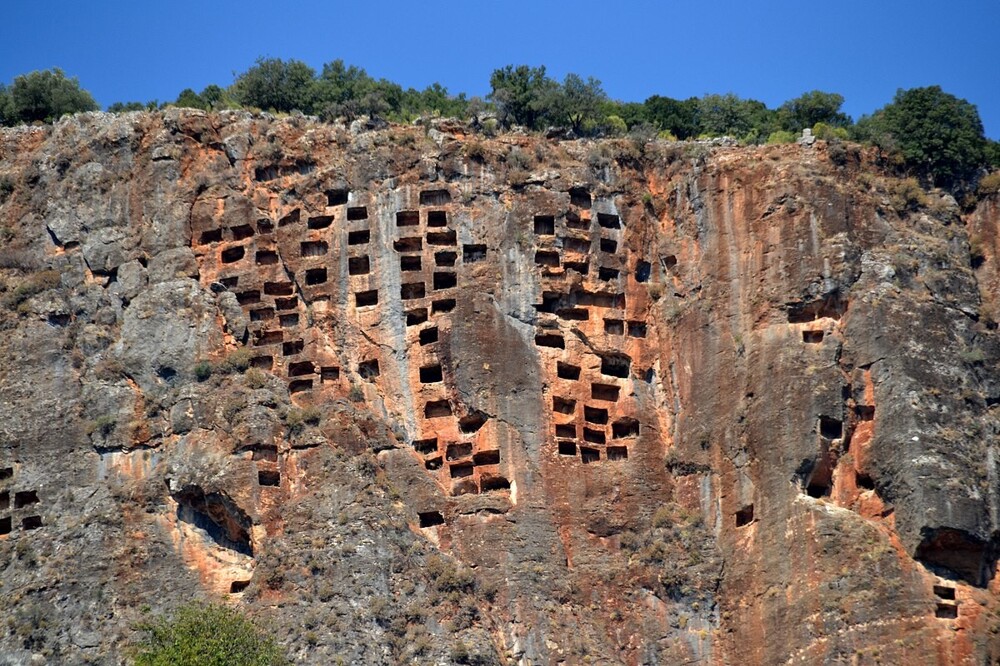
Attempts to find any signs of civilization outside - an outpost or a city wall - also proved fruitless. Indirect signs suggested the impact of some serious natural disaster. For example, an explosion. But even in such a situation, as in the case of an epidemic or war, some traces of the presence of people, their activities, life and way of life would still be preserved.
Before the city of Pinara was discovered, underground cities had already been found in Turkey. But the maximum depth was only 8 floors. 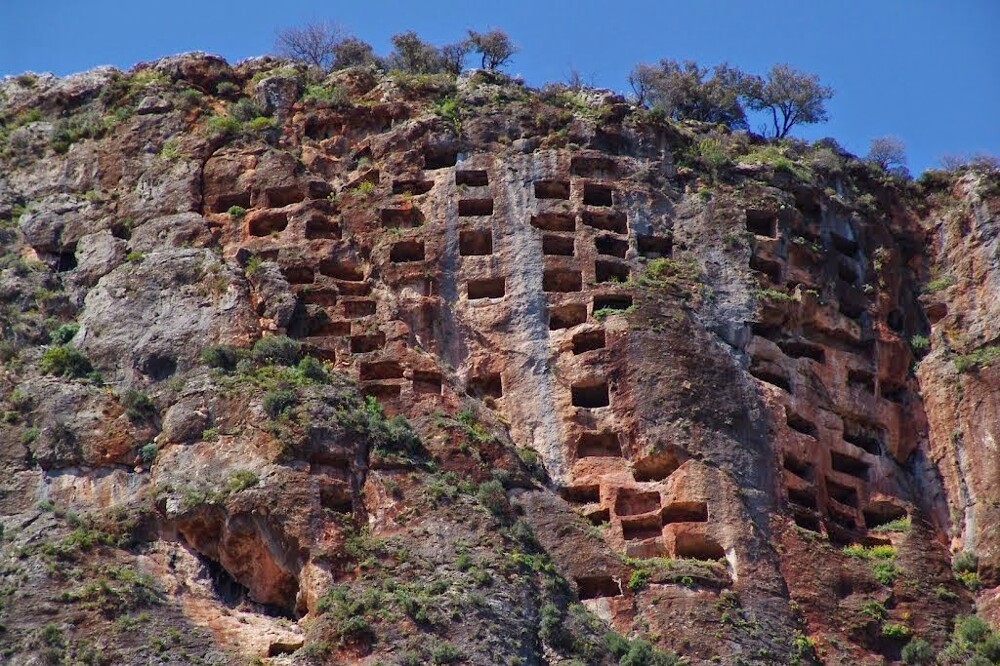
Mention of Pinar as a thriving, rich underground city was found in only one source. But the information is fragmentary. And from them it was not possible to understand either the reasons for the creation of such a large-scale facility, the construction of which would have taken tens of years and thousands of people, or the reasons for its sudden desolation.
Pinara continues to remain one of the most mysterious architectural and historical sites. 
